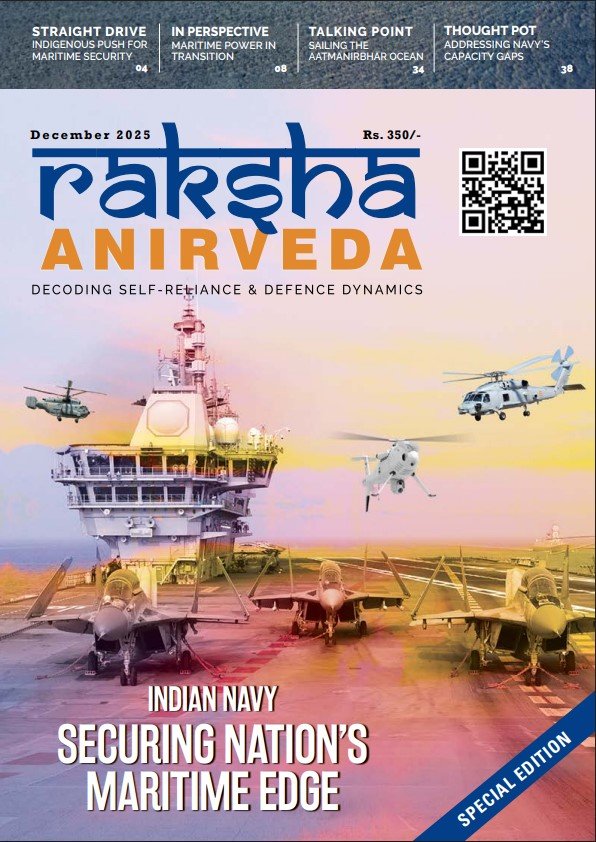New Delhi: Air India faces scrutiny over maintenance lapses, stemming from poor record-keeping at government-owned AI Engineering Services. Despite Tata’s takeover and efforts to upgrade systems, data migration issues persist, leading to technical snags. Concerns linger about due diligence during acquisition and the complexity added by merging multiple airlines, hindering the airline’s turnaround efforts and raising regulatory questions.
A number of flags thrown up by auditors, as well as a crash-led deeper inspection, have laid bare the weaknesses in Air India’s engineering process, with one key issue standing out.
This June, a few days before the high-fatality Boeing 787 crash in Ahmedabad, the civil aviation regulator had sent a show cause notice to three senior officials of the Air India engineering team. It wanted an explanation for the use of multiple aircraft components beyond their life period.
A day later, the Directorate General of Civil Aviation (DGCA) issued a warning to airline chief executive Campbell Wilson, and its head of engineering, after it was alerted by the Canadian civil aviation regulator that a flight to Toronto had a malfunctioning business class seat belt.
These aren’t the only red flags —the airline has received as many as five other notices in the recent past. An Air India spokesperson said most of the issues were identified by the airline and self-reported to the DGCA, and have since been fixed.
Nonetheless, the big question remains: Where do Air India’s maintenance problems originate?
A number of flags thrown up by auditors, as well as a crash-led deeper inspection, have laid bare the weaknesses in Air India’s engineering process, with one key issue standing out.
AI Engineering Services (AIESL), which is a critical provider of engineering services to the airline, is a government owned entity. When the airline was privatised a few years ago, this critical organisation was kept out of the deal.
Several lapses stem from AIESL’s history of poor record keeping, which arises from a lack of investment by the government as well as a lack of oversight, something that could threaten Tata group’s ambitious turnaround plan for Air India.
“A lot of questions are being asked by the regulator and the management. Engineering and flight operations are the core pillar which can make or break an airline,” said an Air India engineer.
He pointed to an incident in February when an Air India Airbus A320 enroute Kathmandu had to return to Delhi airport after the engineering team alerted that the plane’s emergency evacuation slide may be past its expiry date. After the aircraft landed, inspection showed the slide had been replaced barely a few days ago. “Such incidents are frequent and point to a gap in maintenance record-keeping,” said the engineer.
Airlines meticulously maintain detailed records of all maintenance work performed on their aircraft to ensure continued airworthiness and compliance with safety regulations. These records document everything, from routine inspections and repairs to the replacement of parts, essentially providing a comprehensive history of the aircraft’s condition.
This ensures safe operations, while also helping in predictive maintenance of parts and components, leading to cost savings.
In Air India’s case, these records were maintained by AIESL, with whom there were multiple quality concerns. There are questions over the robustness of the practice; for instance, some records were maintained on Microsoft Excel spreadsheets, though the organisation was supposed to use a specific software developed by RAMCO Systems.
After the airline’s takeover, the new owners implemented a newer generation system called AMOS and imported all maintenance records in 2024, when this lapse was flagged.
People aware of developments said that since the data transfer was an automated process, some gaps were not plugged. “If the older system had no data on the surveillance checks of a particular aircraft, the new software obviously couldn’t capture that. As a result, suddenly, the engineering team was swarmed with a problem where aircraft were developing technical snags even after being cleared for take-off, as there was no predictive maintenance,” a second Air India engineer said.
An Air India spokesperson said that after the transition to the new software, the airline has been verifying all data, including the maintenance dates of the escape slides. “This physical verification process had been completed for all wide-body aircraft and for all but a few narrow-body aircraft. Air India has, since, completed this process for all remaining aircraft,” he said.






